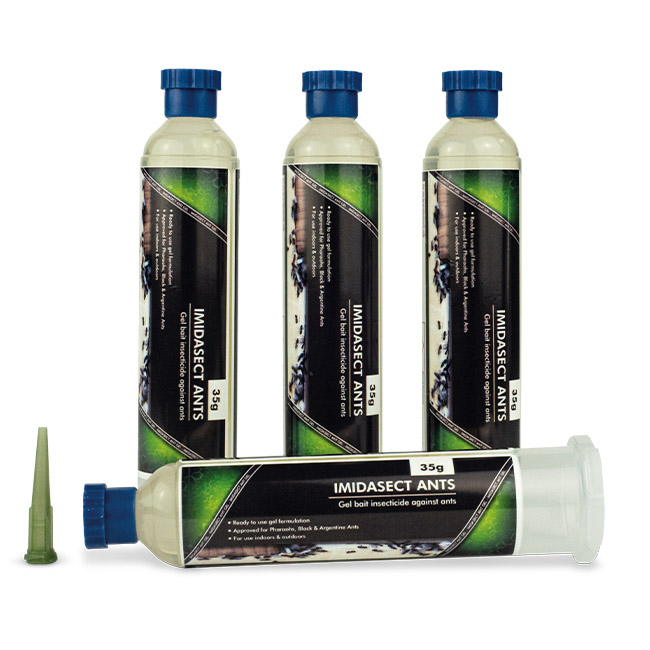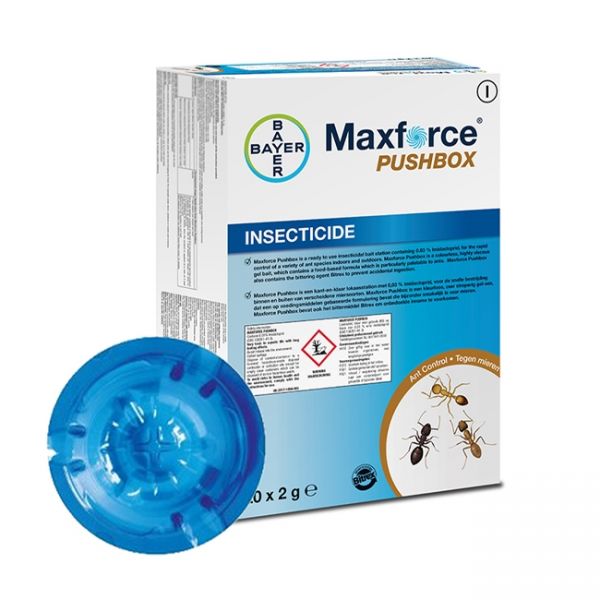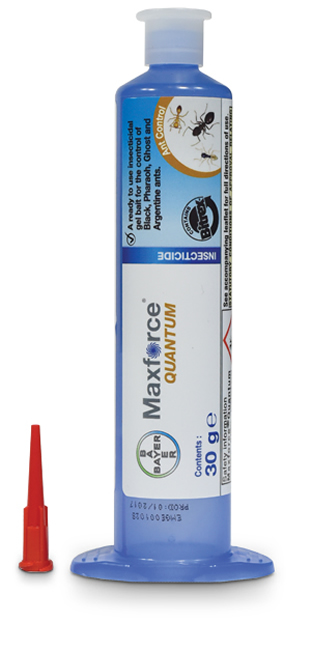Hairy Fungus Beetle (Typhaea stercorea)
Hairy Fungus Beetle (Typhaea stercorea)
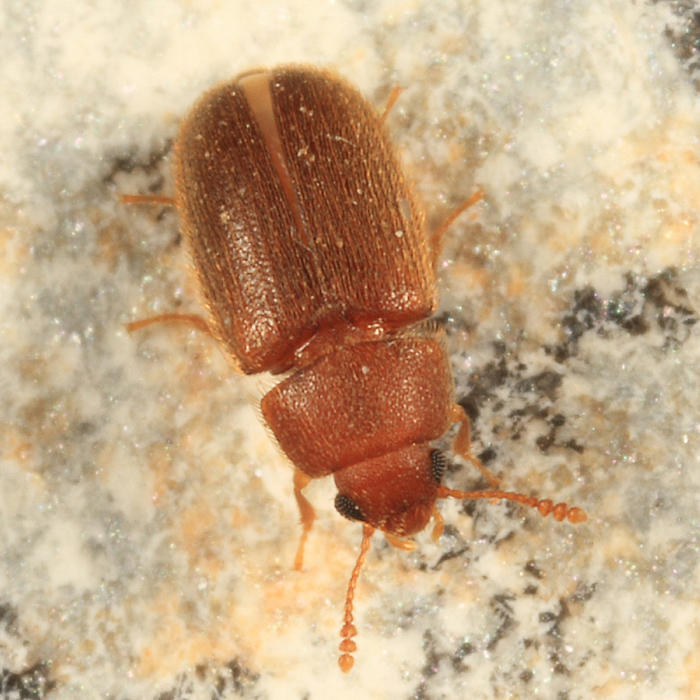 |
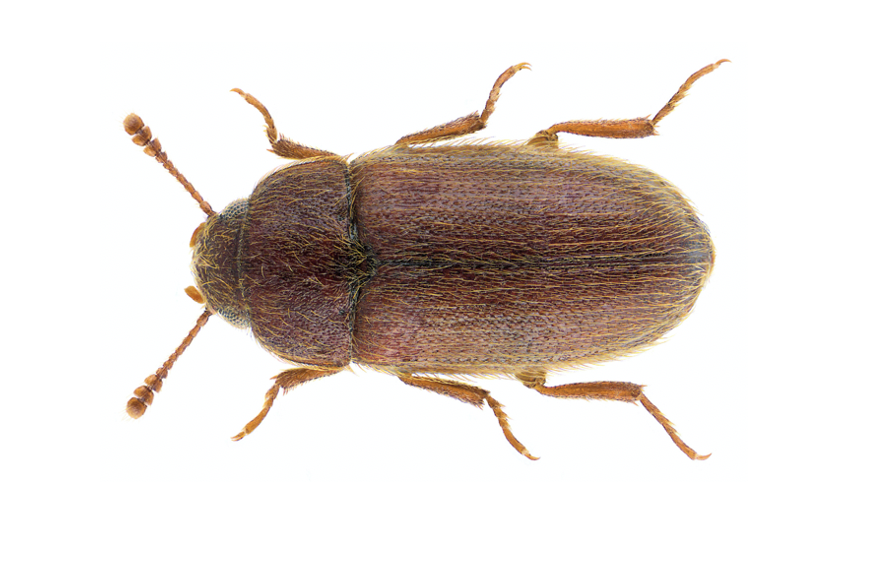 |
Identification:
Adult beetle, 2 - 3 mm in length, brown in colour and covered with short, stout hairs.
Larvae are white to pale brown, 4 - 4.5 mm in length. Similar in appearance to but smaller than the biscuit beetle.
Biology:
The female beetle lays a variable number of eggs loosely in and amongst the larval food substrate. From one to two weeks later the young larvae hatch and immediately feed on moulds and fungal hyphae. They are free living and almost whitish. From 3 to 6 weeks later the larva pupates in a suitable niche, and the adult emerges after a period from 2 to 4 weeks, depending on temperature and relative humidity. The adults are also fungus feeders. These species are frequently recorded and widespread throughout Britain. The hairy fungus beetle does not attack stored foods but is always an indication of damp conditions and the presence of moulds and fungi.
Control:
Primarily an insect pest in grain stores. The hairy fungus beetle does not damage stored grain, its presence in grain stores indicates mould growth on the grain. Insecticide treatments are seldom necessary against these pests, with improvements in hygiene generally sufficient to overcome the problem. Try to deny the conditions they need to survive and multiply, adjusting the environment is the first step in controlling fungus beetles. Where a treatment is required any residual insecticide labelled for crawling insects is likely to be effective.
**Products to control Hairy Fungus Beetle:
|
Imidasect Ant Gel (35g tube) |
Maxforce Pushbox (20 x 2g) |
Maxforce Quantum Gel (30g tube) |

